Honeysuckle
Honeysuckle is a flowering plant that belongs to the Caprifoliaceae family. The term "honeysuckle" is used to refer to various species within the genera Lonicera and Diervilla. These plants are known for their fragrant, tubular flowers that attract bees, butterflies, and hummingbirds.
The common honeysuckle species include Lonicera japonica (Japanese honeysuckle), Lonicera periclymenum (European honeysuckle), and Lonicera sempervirens (trumpet honeysuckle). Honeysuckle plants are typically climbers or trailing vines, although some species can also be shrubs.
In addition to their ornamental value, honeysuckle flowers have been used in traditional medicine for their potential health benefits. The flowers are known for their sweet nectar and are sometimes used in herbal teas, syrups, or infusions. Honeysuckle extracts may possess antimicrobial, anti-inflammatory, and antioxidant properties.
Overall, honeysuckle is appreciated for its aesthetic appeal, attracting pollinators, and potential medicinal uses.
In natural health, honeysuckle is used for centuries and is considered to have several medicinal properties. Here are some of the traditional uses of honeysuckle in natural health:
- Clearing Heat and Resolving Toxins: Honeysuckle is believed to have a cooling effect and the ability to clear heat from the body. It is commonly used to treat conditions associated with heat and toxins, such as fevers, sore throat, boils, and abscesses.
- Dispelling Wind-Heat: Honeysuckle is often used to address symptoms of wind-heat patterns in natural health. It is believed to have a dispersing and releasing action that can alleviate symptoms like fever, headache, and sore throat.
- Relieving External Skin Conditions: Honeysuckle is used topically or internally to treat various skin conditions, including rashes, eczema, and sores. Its anti-inflammatory and antimicrobial properties are believed to help reduce inflammation and fight against microbial infections.
- Clearing Dampness: Honeysuckle is used in formulas aimed at eliminating dampness from the body. Dampness is considered a pathogenic factor in natural health and is associated with symptoms like edema, heaviness, and stagnation. Honeysuckle is believed to help promote diuresis and alleviate dampness-related issues.
- Detoxifying: Honeysuckle is thought to have detoxifying properties and is used in formulas to support the body's natural detoxification processes. It is believed to help remove toxins from the body and support overall cleansing.
Honeysuckle nutritional benefits
Honeysuckle, particularly the flowers, contains certain nutritional components that can provide health benefits. Here are some potential nutritional benefits associated with honeysuckle:
- Antioxidants: Honeysuckle flowers contain various antioxidants, such as phenolic compounds and flavonoids. These antioxidants help protect the body's cells from damage caused by harmful free radicals and oxidative stress, potentially reducing the risk of chronic diseases.
- Vitamins and Minerals: Honeysuckle flowers contain small amounts of vitamins and minerals, including vitamin C, calcium, magnesium, and potassium. These nutrients play essential roles in supporting overall health and well-being.
- Anti-inflammatory Properties: Some studies suggest that honeysuckle flowers may possess anti-inflammatory properties. The presence of certain bioactive compounds in honeysuckle, such as chlorogenic acid and quercetin, may help reduce inflammation in the body.
- Hydration: Honeysuckle flowers have a high water content, which can contribute to hydration when consumed. Staying properly hydrated is crucial for maintaining overall health and supporting various bodily functions.
It's important to note that the nutritional composition of honeysuckle can vary depending on factors such as the specific species, growing conditions, and preparation methods. The nutritional benefits of honeysuckle should be considered in the context of a balanced and varied diet.
In Person With Heshoutang Natural Health Members
With Heshoutang Natural Health Online Members
Fill Out the Questionnaire by yourself
Honeysuckle pharmacological application
Honeysuckle (Lonicera spp.) has been traditionally used in herbal medicine for its potential pharmacological properties. While further scientific research is needed to fully understand and validate its medicinal applications, here are some potential pharmacological applications associated with honeysuckle:
- Anti-inflammatory effects: Honeysuckle has been found to exhibit anti-inflammatory properties. Certain compounds in honeysuckle, such as chlorogenic acid and quercetin, have been studied for their ability to inhibit inflammatory pathways and reduce inflammation in the body. This suggests potential applications in managing inflammatory conditions.
- Antioxidant activity: Honeysuckle contains various antioxidants, including phenolic compounds and flavonoids, which can help neutralize harmful free radicals in the body. These antioxidants have the potential to protect cells from oxidative damage, which is linked to various chronic diseases.
- Antimicrobial and antiviral effects: Some studies have indicated that honeysuckle extracts and compounds derived from honeysuckle possess antimicrobial and antiviral properties. These properties may help inhibit the growth of certain bacteria, fungi, and viruses, suggesting potential applications in supporting immune health and combating infections.
- Anticancer potential: Preliminary research suggests that certain compounds found in honeysuckle, such as luteolin and chlorogenic acid, may have anticancer effects. These compounds have been investigated for their ability to inhibit cancer cell growth, induce cell death, and reduce tumor formation. However, more extensive studies are needed to understand the full potential and mechanisms of action.
Honeysuckle growth environments
Honeysuckle (Lonicera spp.) can adapt to a variety of growing environments, but it's important to consider the specific requirements of the variety you choose. Here are some general considerations for the growth environment of honeysuckle:
- Sunlight: Most honeysuckle varieties prefer full to partial sun exposure. They typically thrive in locations that receive at least 6 hours of direct sunlight per day. However, some species, such as Lonicera japonica, can tolerate more shade.
- Climate: Honeysuckle is adaptable to different climates but generally prefers temperate or mild climates. Different species have varying cold hardiness, so it's important to select a variety suitable for your specific climate. Some honeysuckle varieties are more tolerant of heat, while others are better suited to cooler regions.
- Soil: Honeysuckle prefers well-draining soil that is fertile and rich in organic matter. The pH level of the soil should ideally be slightly acidic to neutral. If your soil is heavy clay or compacted, amend it with organic matter, such as compost, to improve drainage and fertility.
- Watering: Honeysuckle plants generally prefer moderate and consistent moisture levels. Water newly planted honeysuckle regularly to help establish their root systems. Once established, they can tolerate some dry spells but will benefit from supplemental watering during prolonged periods of drought.
- Wind: Some honeysuckle varieties are sensitive to strong winds, so it's beneficial to plant them in a location that provides some protection from strong gusts. This can be achieved by positioning them near a wall, fence, or other structures that offer windbreak.
- Support structures: If you are growing a climbing variety of honeysuckle, ensure you provide suitable support structures such as trellises, fences, or arbors. This will allow the vines to climb and provide support for the plant's growth.
- Pest and disease management: Honeysuckle is generally resistant to pests and diseases. However, aphids and powdery mildew can occasionally be a concern. Regular inspection and proper cultural practices, such as providing adequate air circulation and avoiding excessive moisture on foliage, can help prevent pest and disease issues.
Always consider the specific requirements of the honeysuckle variety you choose, as different species and cultivars may have specific environmental preferences. It's also a good idea to consult local gardening resources or seek advice from knowledgeable professionals to ensure the best results in your specific region.
How to grow honeysuckle
Growing honeysuckle can be a rewarding addition to your garden or landscape. Here are some general guidelines for growing honeysuckle:
- Choose the right variety: There are various species and cultivars of honeysuckle available, so select a variety that suits your climate, soil conditions, and desired growth habit. Common varieties include Lonicera japonica, Lonicera sempervirens, and Lonicera periclymenum.
- Select a suitable location: Honeysuckle generally prefers a location with full or partial sun exposure. Ensure the soil is well-draining and fertile. Consider the space requirements of the specific honeysuckle variety you choose, as some are climbers that need support structures like trellises, while others are shrubby and may need room to spread.
- Planting: Dig a hole that is slightly larger than the root ball of the plant. Place the honeysuckle in the hole and backfill with soil, gently firming it around the base. Water thoroughly after planting to settle the soil.
- Watering and maintenance: Keep the soil consistently moist but not waterlogged, especially during the plant's establishment phase. Regular watering is important during dry periods. Mulching around the base of the plant can help retain moisture and suppress weed growth.
- Pruning: Honeysuckle benefits from regular pruning to maintain shape, control growth, and encourage flowering. Prune after the flowering period or in early spring before new growth begins. Remove any dead, damaged, or weak branches. Climbing varieties may require training and tying to supports.
- Fertilizing: Honeysuckle generally does not require heavy fertilization. However, if the soil is poor, you can apply a balanced slow-release fertilizer in early spring or use compost to improve soil fertility.
- Pest and disease management: Honeysuckle is generally resistant to pests and diseases. However, keep an eye out for aphids, powdery mildew, and leaf spots. Regular inspection and prompt treatment, if necessary, can help maintain plant health.
- Propagation: Honeysuckle can be propagated through seeds, cuttings, or layering. Choose the method that works best for the specific variety you are growing and follow appropriate propagation techniques.
Remember to check local gardening guidelines and specific care instructions for the honeysuckle variety you choose, as there may be variations based on climate and specific cultivars.
How to prepare honeysuckle herb
Preparing honeysuckle herb typically involves using the flowers to make teas, infusions, or herbal preparations. Here's a simple method for preparing honeysuckle tea:
- Harvesting: Choose fresh, fully opened honeysuckle flowers for the best flavor and medicinal properties. Harvest them in the morning when the dew has dried but before the heat of the day.
- Cleaning: Gently rinse the flowers under cool water to remove any dirt, debris, or insects. Pat them dry with a clean towel or allow them to air dry.
- Tea Infusion: Place a handful of honeysuckle flowers (about 1-2 tablespoons) in a teapot, teacup, or a heat-resistant container.
- Hot Infusion: Boil water and pour it over the honeysuckle flowers, covering them completely. Let the mixture steep for about 10-15 minutes to extract the flavors and beneficial compounds. Adjust the steeping time based on your desired strength.
- Cold Infusion: Alternatively, you can make a cold infusion by placing the honeysuckle flowers in a container with cool or room temperature water. Allow the flowers to infuse in the water for several hours or overnight in the refrigerator.
- Straining: After the desired infusion time, strain the tea to remove the flowers. You can use a fine-mesh sieve, tea strainer, or cheesecloth to separate the liquid from the flowers.
- Serving: Pour the honeysuckle tea into teacups or glasses. You may choose to sweeten it with honey or add lemon or other herbs for additional flavor if desired.
Note: It's important to ensure that the honeysuckle flowers you use for preparation are from a safe and reputable source, and have not been treated with pesticides or other chemicals. If you are unsure about the safety or quality of the flowers, it's best to consult with a knowledgeable herbalist or purchase from a trusted supplier.
As with any herbal preparation, individual preferences may vary in terms of taste and strength. Start with smaller amounts and adjust the recipe based on your personal taste and desired potency. It's also recommended to consult with a healthcare professional or herbalist for specific guidance on the appropriate use and dosage of honeysuckle herb based on your health condition or specific needs.
When you subscribe to the blog, we will send you an e-mail when there are new updates on the site so you wouldn't miss them.

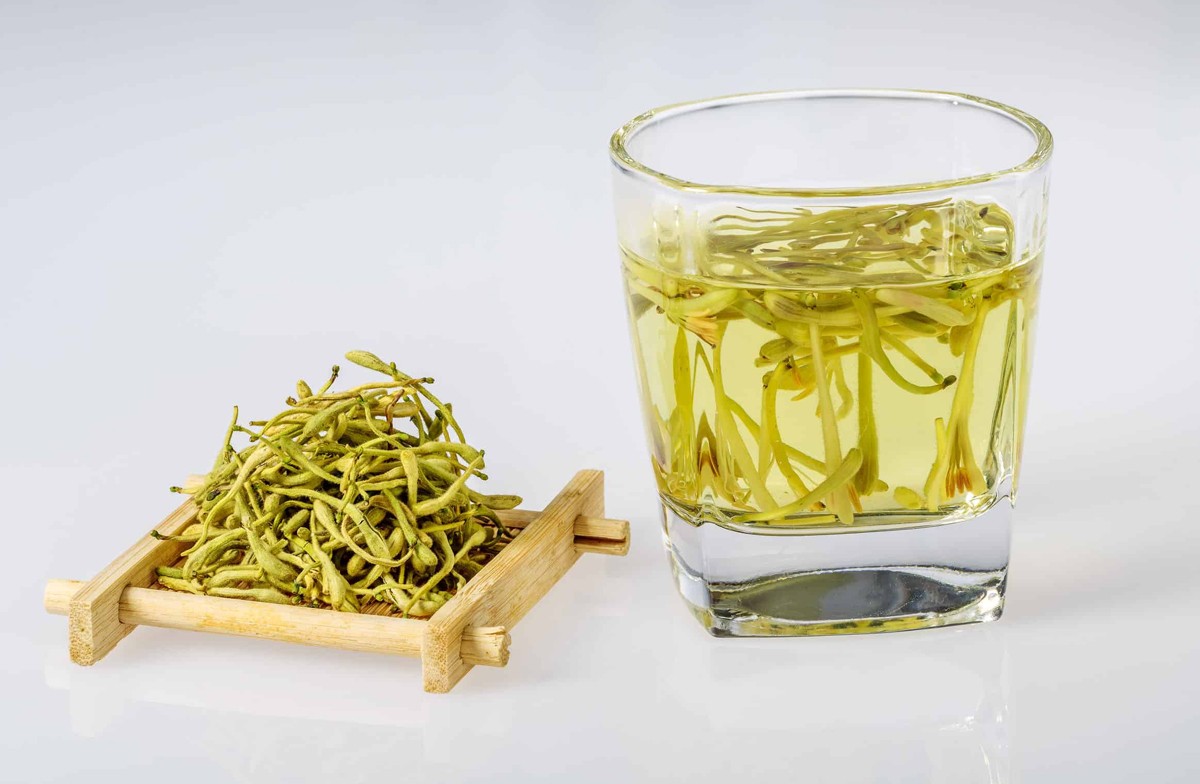
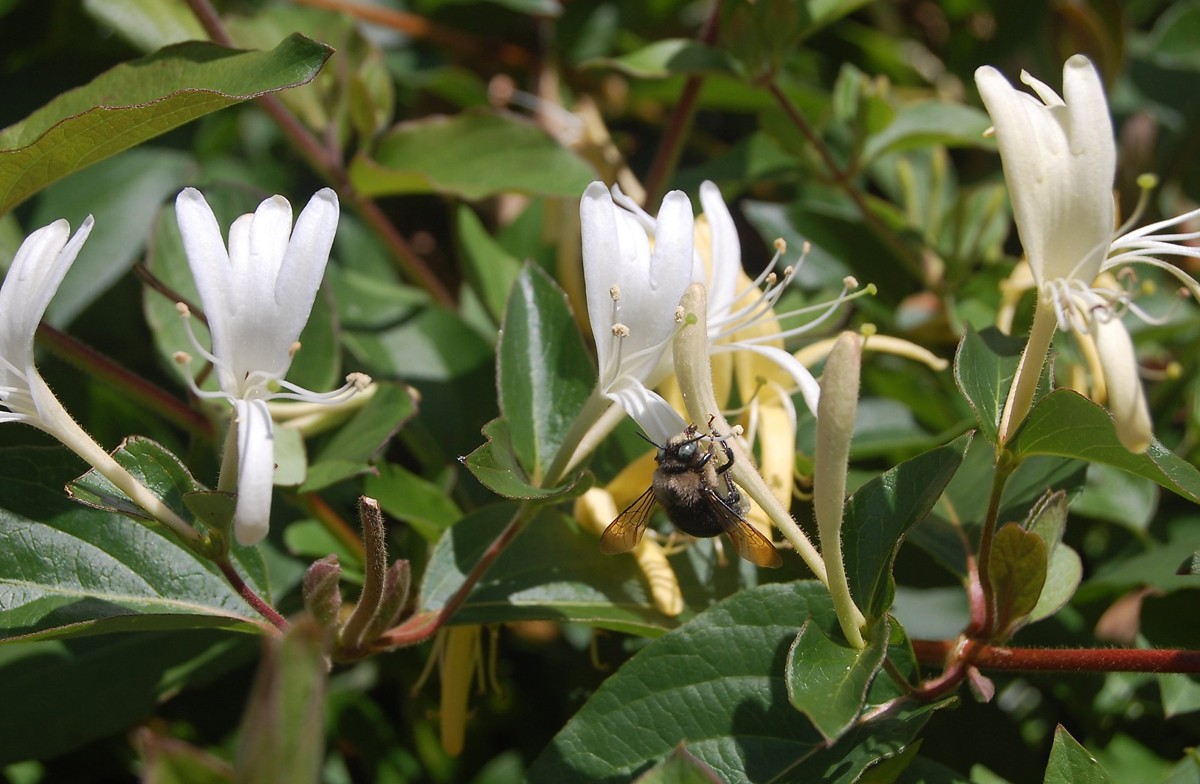
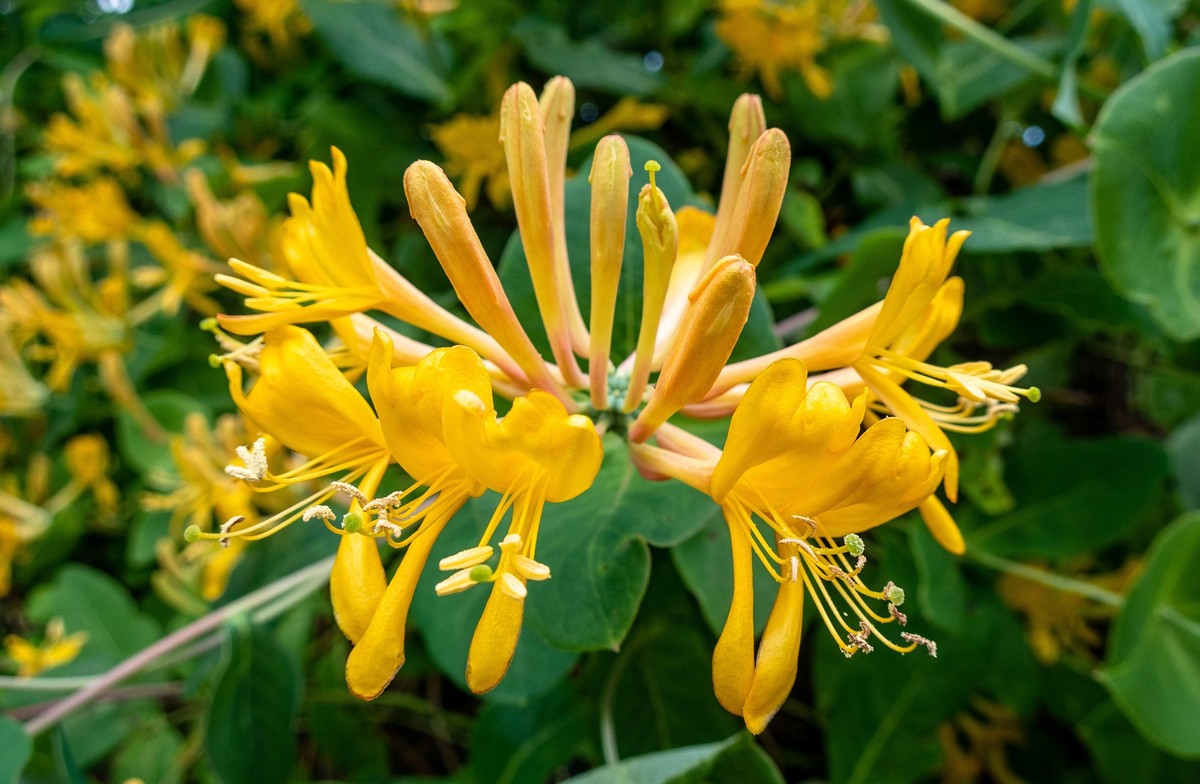
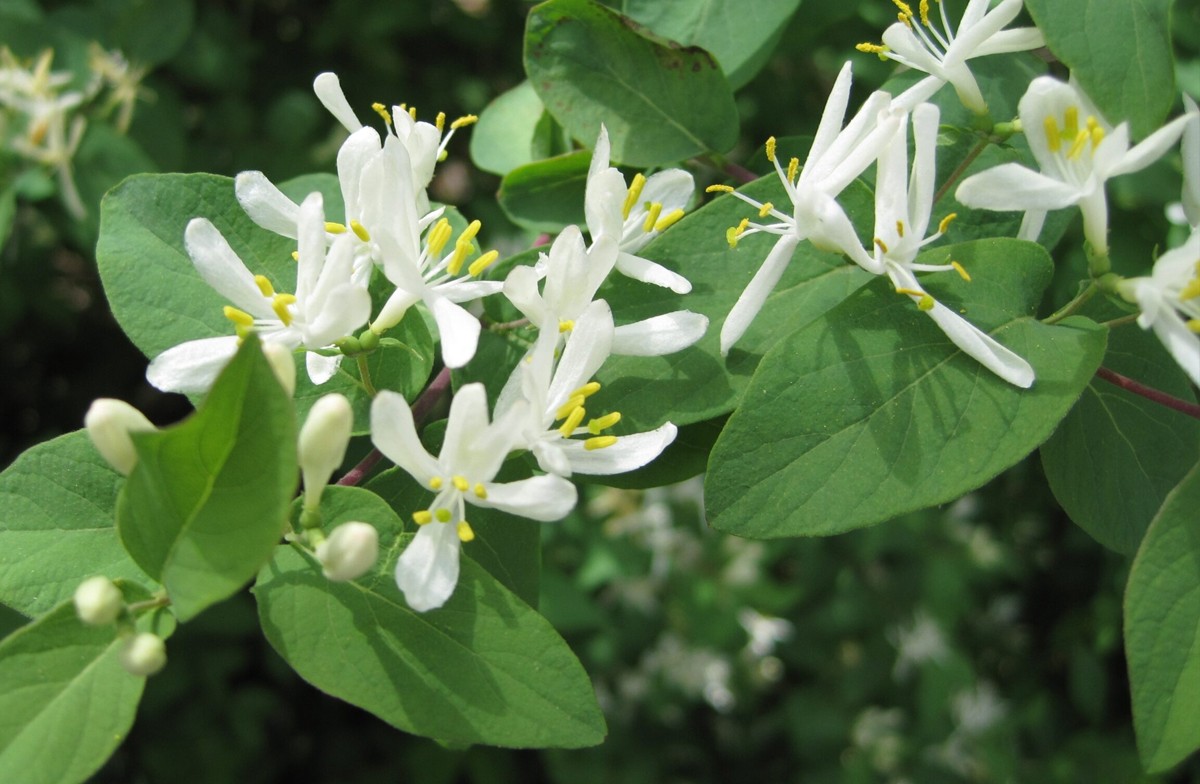
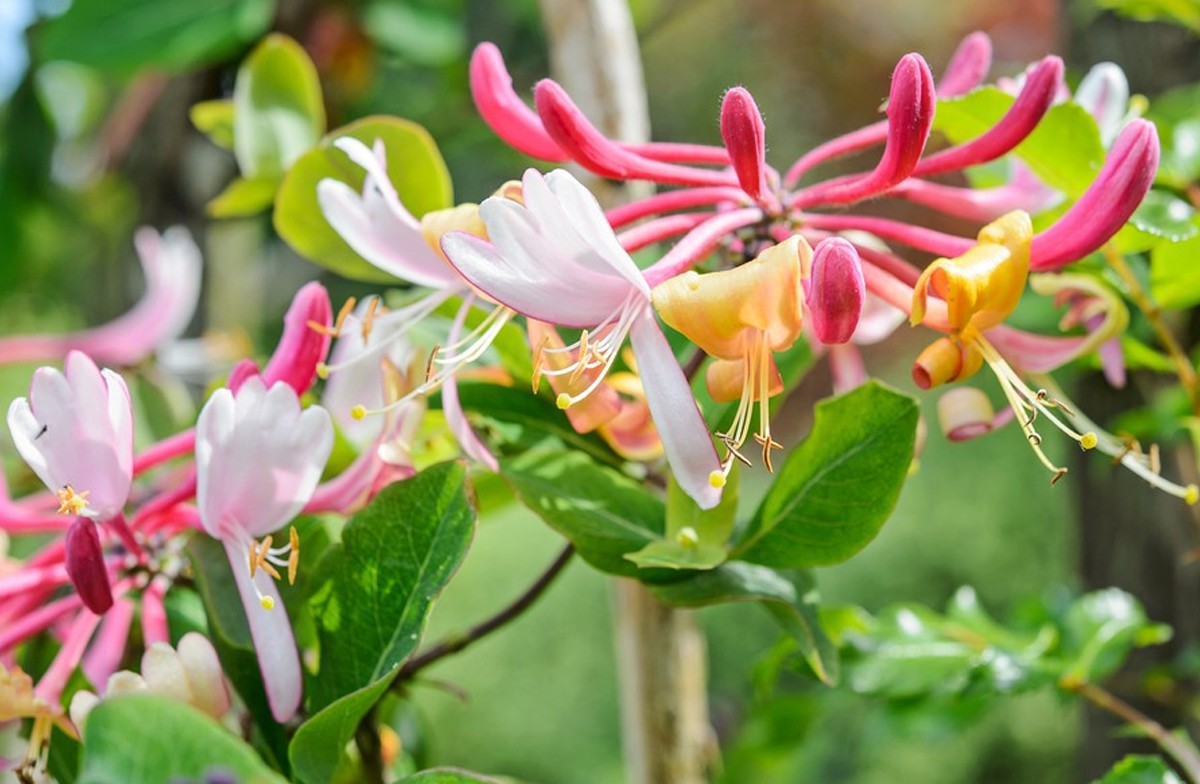
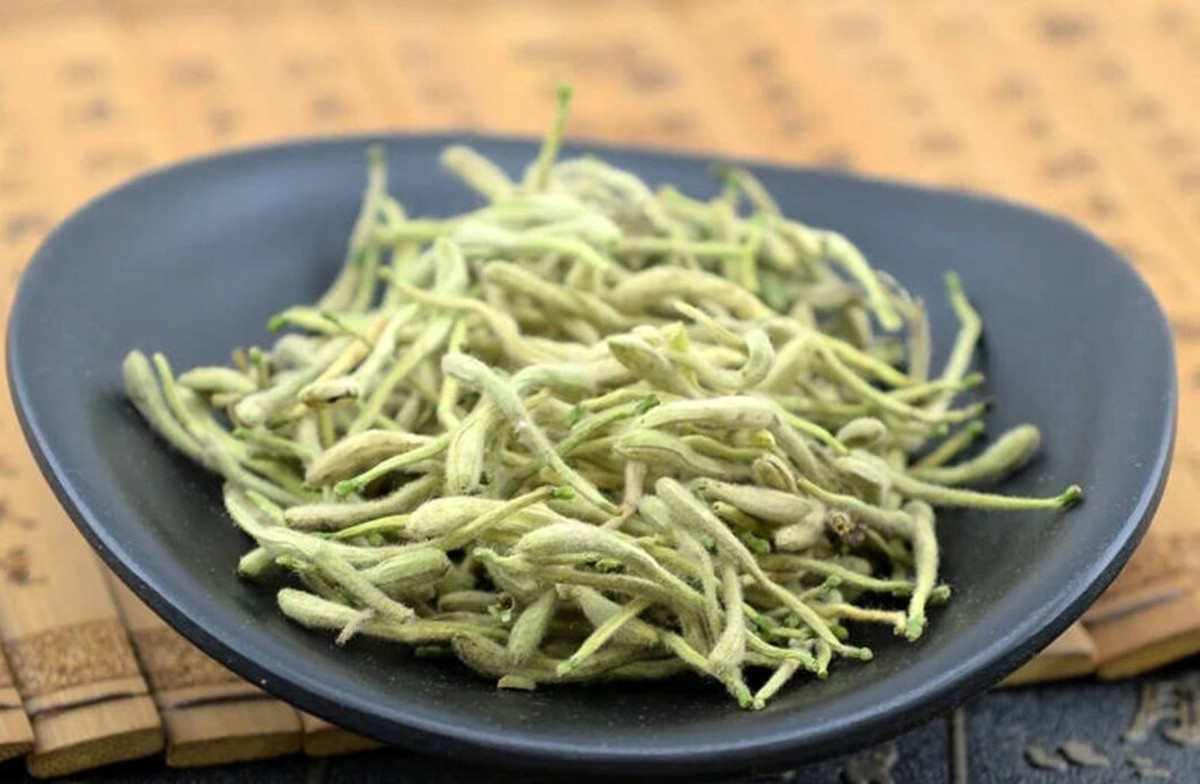
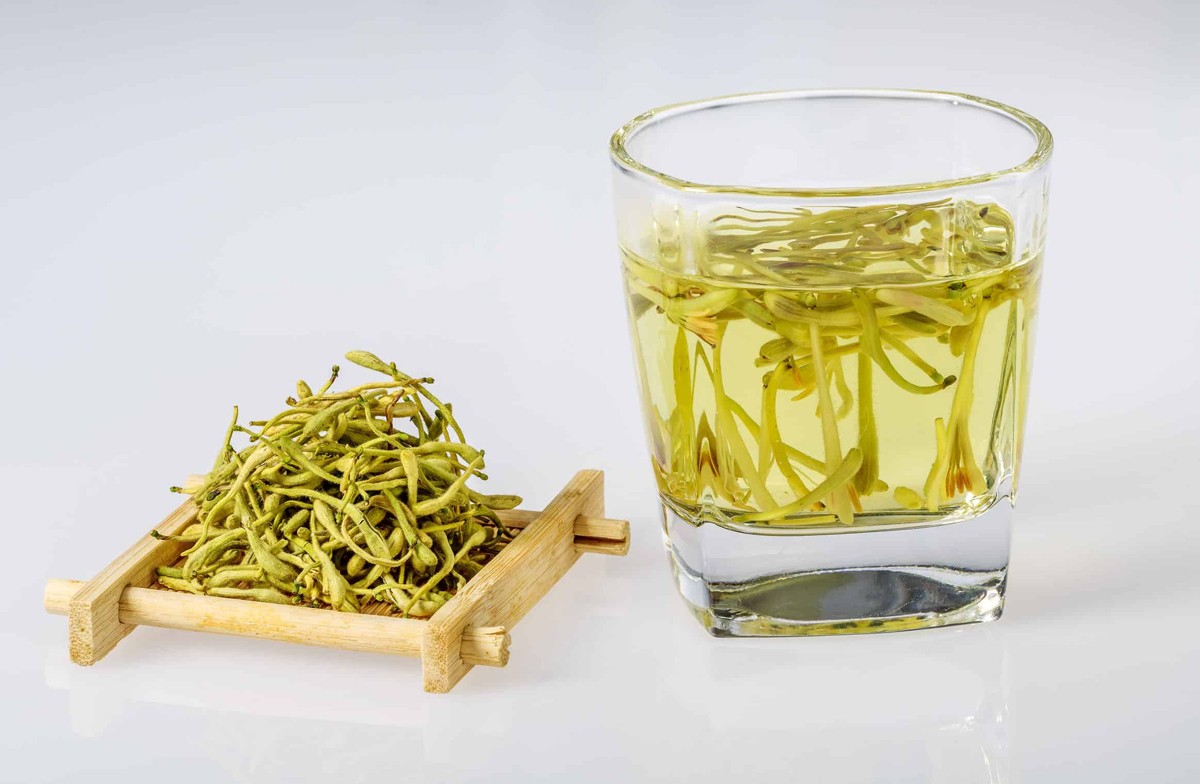












Comments